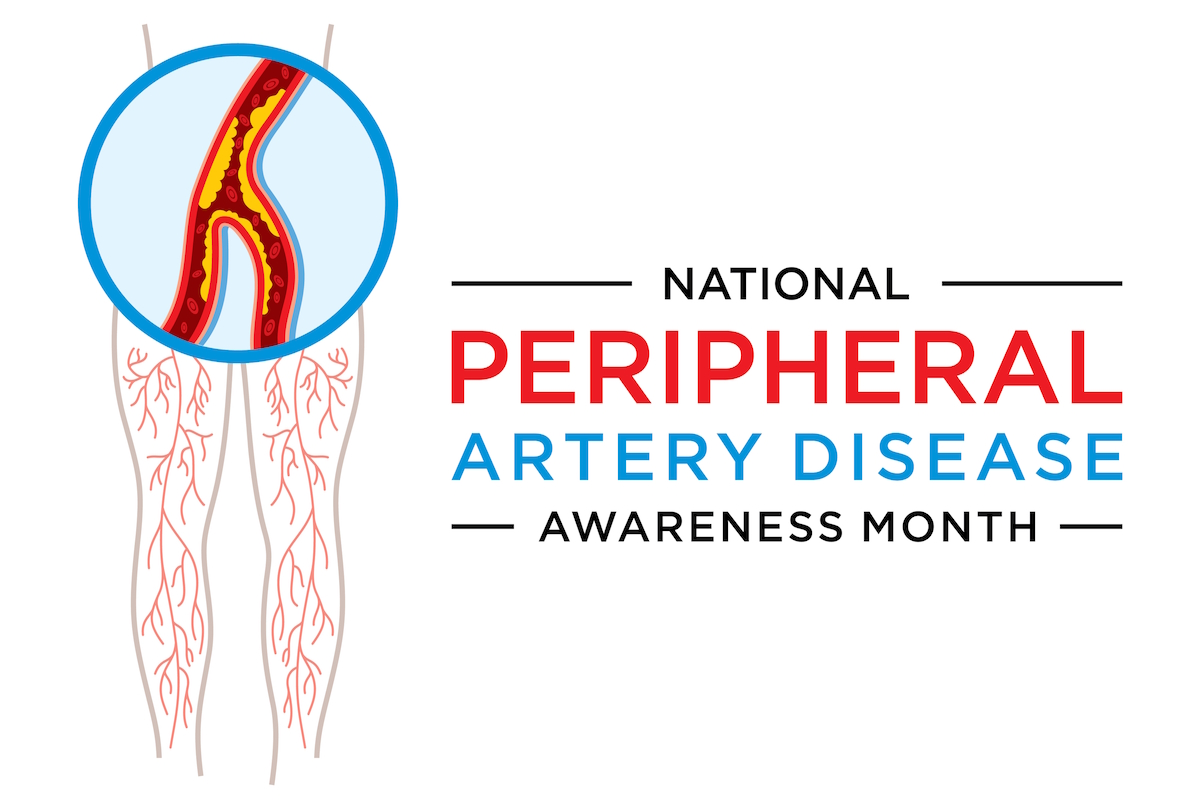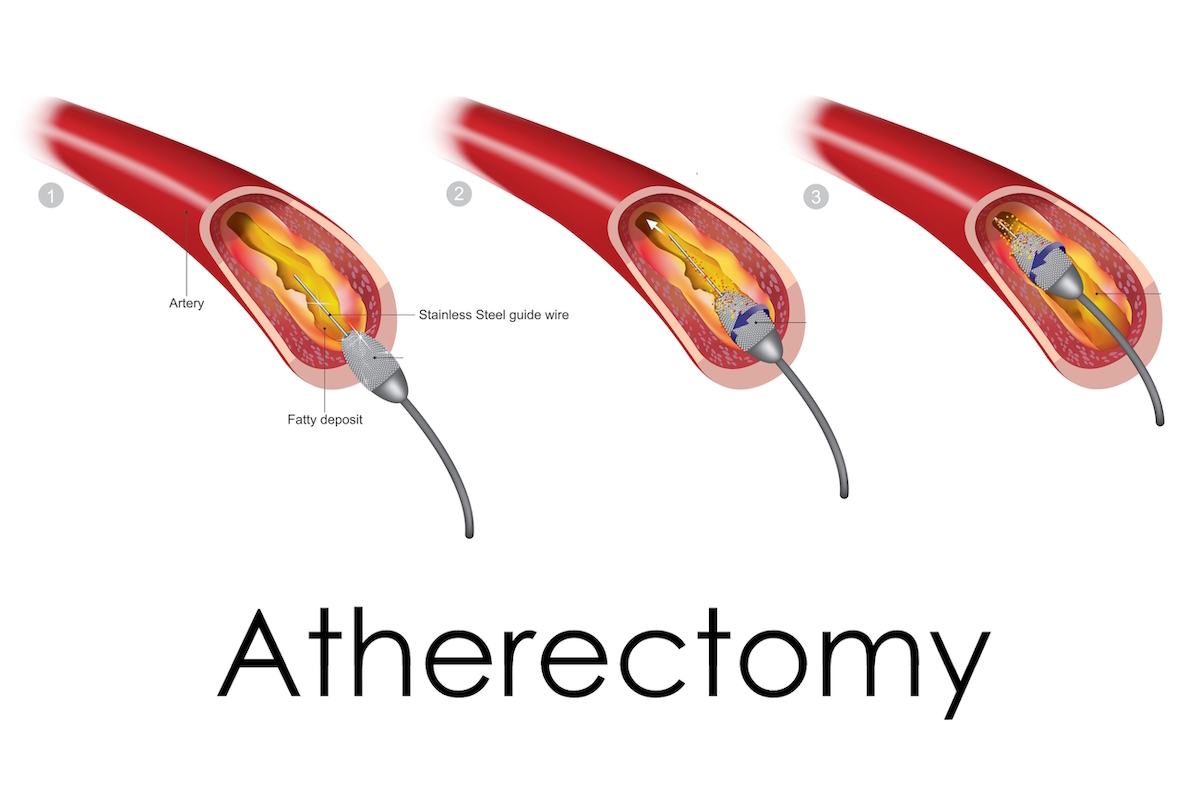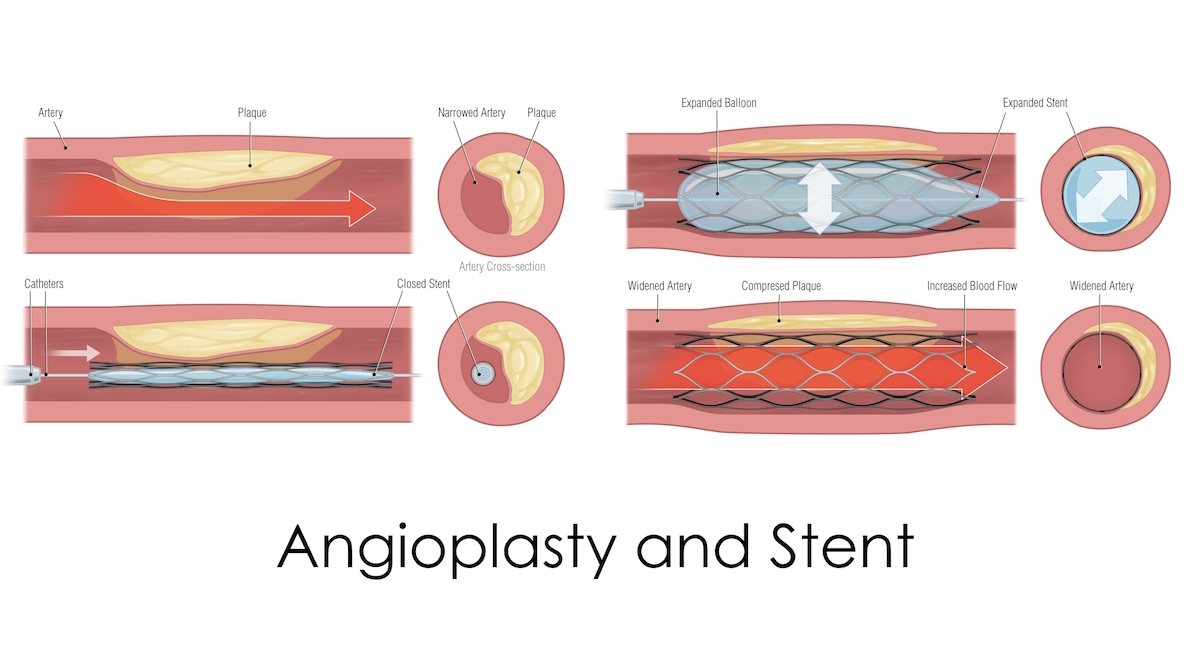Is An Atherectomy for Artery Disease Treatment Right for Me?
Author: StrideCare Internal Team

Richard* was diagnosed last month with peripheral artery disease (PAD), a common circulatory condition in which narrowed blood vessels reduce blood flow to the limbs and lead to various health complications. PAD affects approximately 8 million people aged 40 and over in the United States and, while treatable when diagnosed in its earliest stages, can become life-threatening if ignored or misdiagnosed. As a result, Richard has been researching the best treatment options without surgery, with one of them being an atherectomy. He has heard positive outcomes about this minimally invasive procedure but cannot help but wonder if it is the right option for his unique situation.
At StrideCare, we applaud our patients for taking steps toward educating themselves on their vascular health and the treatment options available to them. With September as PAD Awareness Month, it is important now more than ever that people realize the ramifications of ignoring symptoms that can place them at risk for coronary artery disease, heart attacks, and strokes.

When performed on its own or in combination with other advanced treatment options, such as angioplasty and stenting, an atherectomy can be an effective option to prevent PAD from worsening.
Are You Suffering From These PAD Symptoms?
- Painful cramping in the legs or hips, especially during physical activity subsiding when at rest
- Changes in the appearance of extremities (color, loss of hair, shiny skin)
- Cold legs and feet
- Thickening of the toenails
- Open sores that do not heal
- Dry, scaly, flaky, or leathery skin
- Feeling of pins and needles in leg or foot
- No pulse or weak pulse in legs and feet
Your peripheral artery disease symptoms will not improve on their own. This and other arterial diseases can get worse if left unchecked. StrideCare’s vascular specialists are available by appointment to discuss possible treatment options. While treatment may be necessary, exercise, avoiding smoking, and eating better are things you can do right to help.
Is an atherectomy the right artery disease treatment for you? Schedule a consultation with a StrideCare vascular specialist today. Our collaborative approach ensures you receive the care you need.
What Is Peripheral Artery Disease?
Peripheral artery disease, also known as arteriosclerosis, peripheral arterial disease, or peripheral vascular disease, is a dangerous condition where plaque accumulates on the walls of blood vessels and causes them to narrow and become diseased. As a result, these blockages limit blood flow to your kidneys, intestines, arms, legs, and feet.

The Centers for Disease Control says that up to 4 in 10 people with PAD do not have symptoms, but sluggish blood flow can quickly progress from no symptoms to the ones mentioned above and varying degrees of pain in one or both legs. Any significant blockages that restrict blood flow to your limbs or organs—including a critical state of “no blood flow”—can cause irreparable damage over the long term, including gangrene that leads to amputation.
While anyone can be diagnosed with PAD, you are more at risk if the following conditions are present:
- Age — For many people, peripheral artery disease starts around age 40 and sharply increases at 70 and older.
- Ethnicity — Black Americans have an increased risk of PAD. Hispanics may have similar to slightly higher rates of PAD compared with non-Hispanic white people.
- Obesity — People who are obese are 5 times more likely to develop peripheral artery disease.
- Smoking — Nicotine damages blood vessels and reduces blood flow in your legs.
- Hypertension — Sustained high blood pressure greater than 120/80 can harm your arteries.
- High cholesterol — The higher your bad cholesterol is, the greater your chance of developing blocked arteries.
- Inactivity — Our blood vessels rely on gravity to pump blood throughout our body, and this increases with activity. The more our bodies are at rest for prolonged periods, the greater the likelihood that our veins and arteries will become diseased.
Good vein and vascular health is essential. If you have any concerns about your vascular health, schedule a consultation with StrideCare’s expert physicians
How Can An Atherectomy Help Me?
An atherectomy is often recommended to patients with peripheral artery disease and is extremely popular because it does not involve lengthy and complex surgery. With this minimally invasive procedure, advanced catheter technology clears away plaque and any additional buildup of deposits on large blood vessels. This includes the coronary artery, which brings oxygenated blood to the heart.
In many patient cases of PAD where the condition was caught in its early stages, an atherectomy can be performed by itself. That said, the procedure is often combined with angioplasty and a stent replacement, depending on the condition of the vessels.

A brief breakdown of each of these procedures is below:
- Atherectomy — Your vascular specialist inserts a long but narrow catheter into the artery. The catheter has a blade, laser, or rotating device that eliminates existing plaque and clears the artery to promote healthier blood flow to the extremities.
- Balloon angioplasty — A balloon attached to a small catheter is inserted into the body through a small incision in an artery. The catheter is then advanced to the affected artery, and the balloon system is inflated several times. By inflating it numerous times, the balloon widens the passage and lets blood flow freely.
- Stenting — In many cases, a mesh tubular device called a stent is then inserted into the artery to ensure the blood vessel remains open long-term. This is a relatively gentle procedure that prevents blockage from reoccurring.

After undergoing an atherectomy treatment, individuals can anticipate an immediate improvement in blood flow, mobility, and diminished pain. The procedure takes roughly 45 minutes to an hour to complete, and the best part is that there is only a minor recovery period with minimal downtime. To optimize recovery and maintain vascular health, patients must follow post-treatment care instructions provided by their StrideCare provider.
StrideCare Is Your PAD Specialist for An Atherectomy
Peripheral artery disease can sound scary, especially when you consider the symptoms you may be facing. That said, PAD is highly treatable through treatment options such as an atherectomy when caught early, and it is possible for you to lead a normal and healthy life. We encourage a private consultation with one of our doctors to get a better idea of your treatment plan. Your life does not have to be dictated by poor vascular health and that there are non-surgical treatment options available. All you have to do is call us today.
StrideCare has long been a leader in multi-specialty care for treating lower-extremity vascular and podiatric conditions. This includes our ability to perform leading-edge procedures to treat artery and vein disease and symptoms that, while minor in their earliest stages, can eventually lead to more severe and life-interrupting issues. The experts at StrideCare will recommend an individualized plan to help you get the best results.
We are here to help, all while providing compassionate patient care. Please contact us at 866-552-4866 or complete the appointment form to schedule a consultation.
StrideCare serves North Texas and South Texas communities, including San Antonio, Stone Oak, Austin, Round Rock, Bastrop, Brushy Creek, Cedar Park, Converse, Georgetown, Hutto, Kyle, Leander, Marble Falls, New Braunfels, Pasadena, Pearland, Pflugerville, San Marcos, Schertz, Bay City, Universal City, Spring, Kingwood, Stafford, Conroe, Texas City, Cypress, League City, Bellaire, Dallas, Mesquite, Addison, Arlington, Plano, McKinney, Craig Ranch, Prosper, Flower Mound, Euless, Southlake, South Dallas, Sherman, Irving, Garland, Carrollton, Rowlett, Coppell, Forney, Rockwall, Houston, Sugar Land, Katy, Webster, Clear Lake, The Woodlands, Lake Jackson, and more.
Prior to starting any new treatment or questions regarding a medical condition, always seek the advice of your doctor or other qualified health provider. This information is not a substitute for professional medical advice.
*Patient names and/or photos may be changed to protect patient confidentiality.


